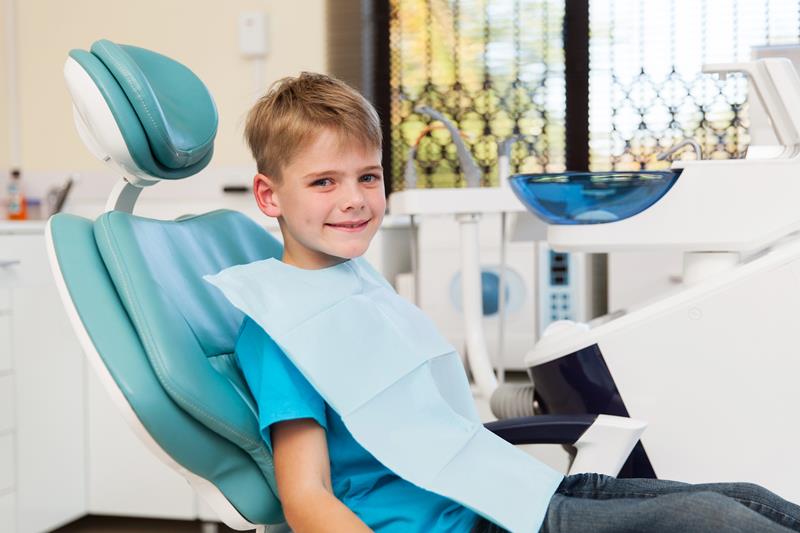
- Cavities and Fillings
- Emergency Dental Care
- Preventative Dentistry
- Digital X-Rays
- Fluoride Treatment
- Sealants
- Dental Cleanings and Exams
- Fillings
- Special Needs Dentistry
- Tooth Extractions
- White Zirconia Dental Crowns
- Hospital Sedation
- Cavity Preventions
- Teething
- Panoramic X-Rays
- Frenectomy
- Bonding
- Veneers
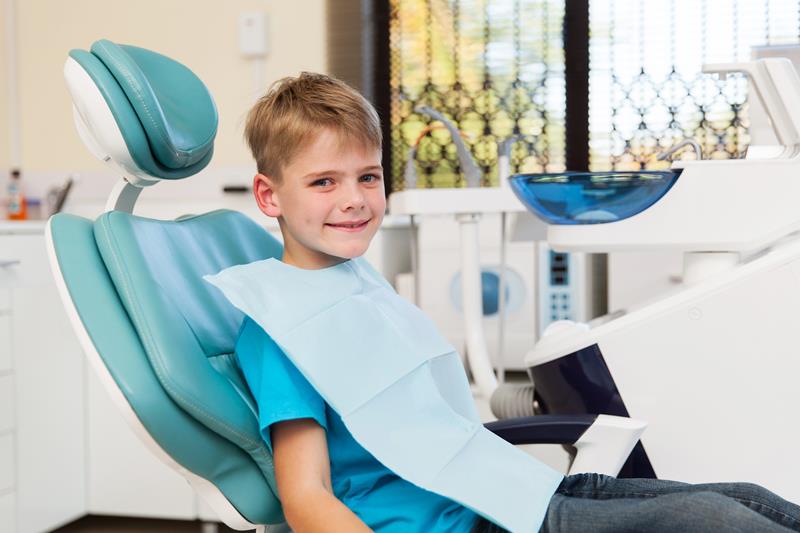
Cavities and Fillings
Dental fillings are used to treat different dental problems like cavities and broken teeth. Teeth are usually filled with a material called composite resin, which is designed to look like natural teeth. Fillings can also be done with gold, porcelain, or silver amalgam.
Composite resin takes a little longer, though most people still prefer it because it creates natural-looking teeth. It takes more than one layer, and a special light is used to harden the area around the filling.
Request an Appointment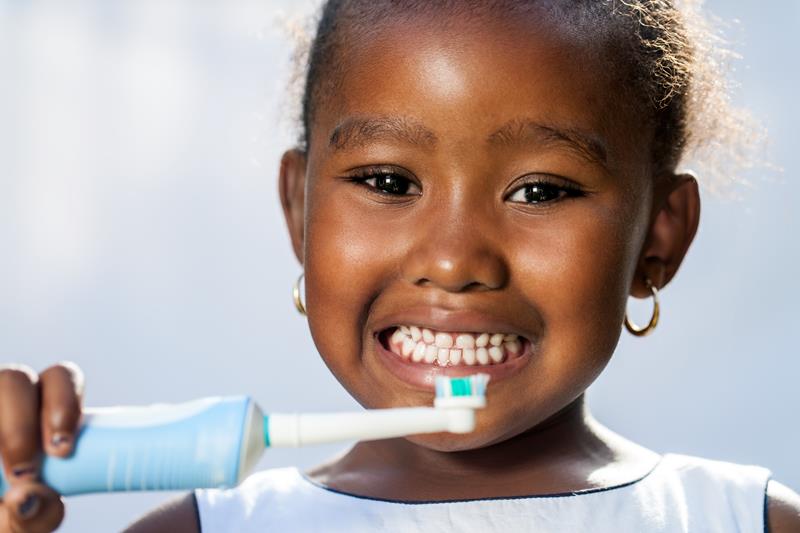
Emergency Dental Care
It is very important to be prepared in case your child has an emergency. Even though we wish that they wouldn’t, emergencies do happen. Being educated and knowing what to do in an emergency can be the difference between losing and saving a tooth. You also need to know your dentist’s phone number.
You need to contact us right away if you are having an emergency! If we are not open, go to the nearest emergency center.
Request an Appointment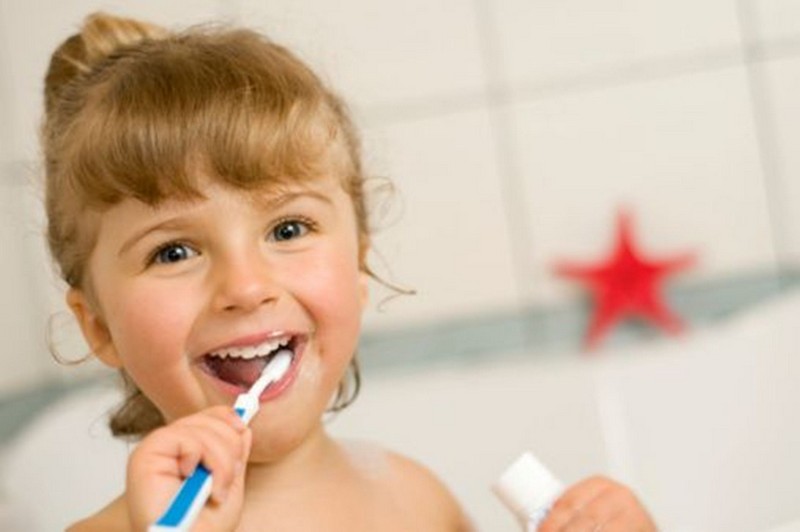
Preventative Dentistry
We recommend routine dental cleanings for several reasons. When we perform a professional cleaning, we remove the buildup of plaque and tartar. We also clean the parts of your child’s teeth that are hard to reach, such as underneath the gums.
After a cleaning, we will polish your child’s teeth so that they shine! We can also apply a fluoride treatment, if necessary, to help prevent tooth decay.
Request an Appointment
Digital X-Rays
X-Rays are used to examine the inside of your teeth. We are hoping to be able to catch any problems that we can’t see with the naked eye! Using radiology, we are able to see which teeth are developing cavities. We may also see some teeth or gum areas that may require some extra work.
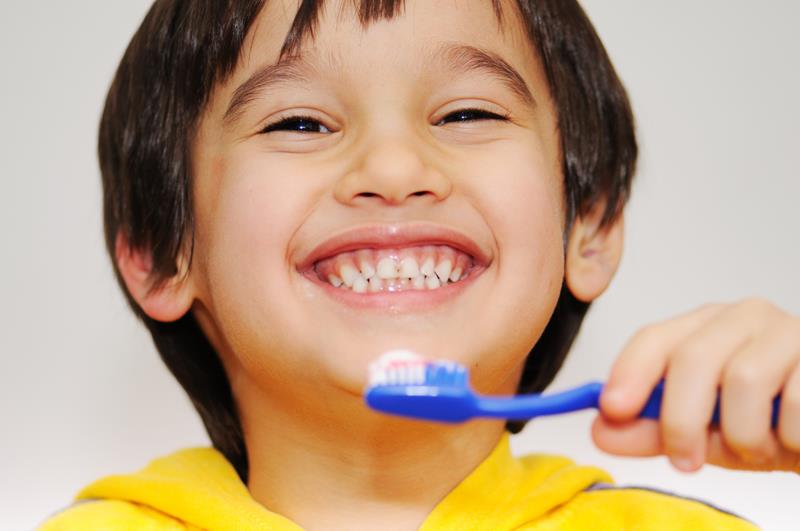
Fluoride Treatment
Here at Cherry Creek Pediatric Dentistry, we are dedicated to the prevention of tooth decay.
We believe that fluoride works well to strengthen children’s teeth. It also has been shown to help prevent tooth decay in people of all ages.
For this reason, the American Dental Association, American Academy of Pediatrics, and the American Medical Association believe that topical fluoride is necessary for good oral health.
Fluoride treatments can be completed at your child’s routine dental appointment. They are painless and quick, taking only a few minutes. When performing the treatment, your child’s dentist will apply gel, foam, or varnish on your child’s teeth. Treatment works best if it is done one to four times a year.
You may wonder what else you need to do in addition to getting your child regular fluoride treatments. The American Dental Association recommends drinking fluoridated water and using a toothpaste with fluoride.
If you have any questions about fluoride and your child’s dental health, don’t hesitate to contact us today at (303) 757-8844.
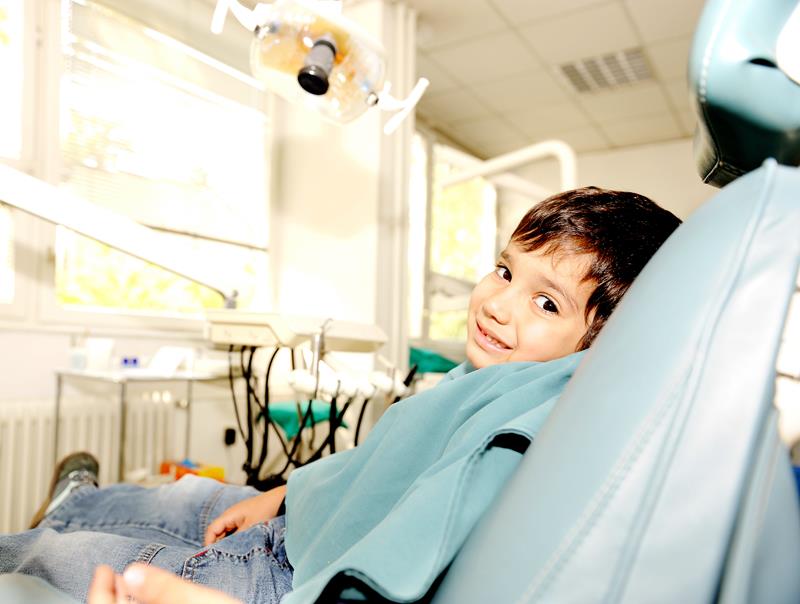
Sealants
Here at Cherry Creek Pediatric Dentistry, we are proud to offer the very best dental care to our patients. We are proud to offer sealants for this reason.
Dental sealant is a plastic coating painted on your teeth. It attaches to your child’s teeth, smoothing the rough edges, depressions, and grooves that are typically found on teeth. It gives your child’s teeth a protective coating, helping to prevent tooth decay and cavities.
Sealants are usually done on the back teeth since they are hard to reach and very irregular. Even if your child brushes and flosses properly, he or she may miss some areas. For this reason, sealants are a good way to protect your child’s teeth.
If you have any questions about dental sealants, feel free to contact us today at (303) 757-8844.
Request an Appointment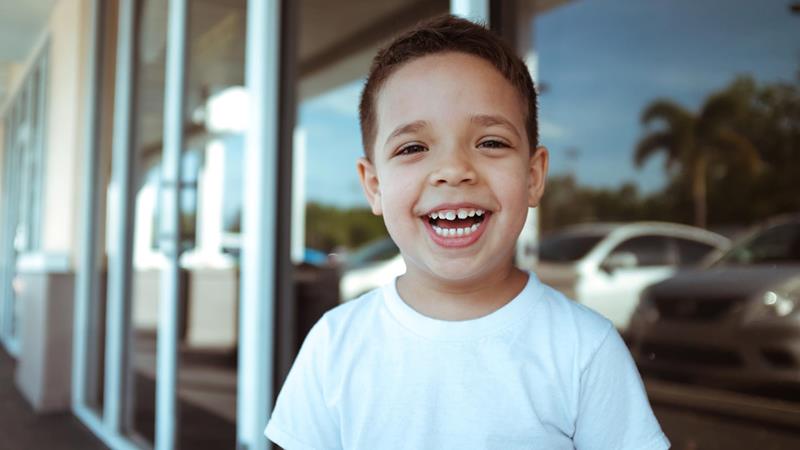
Dental Cleanings and Exams
Here at Cherry Creek Pediatric Dentistry, we are proud to offer dental cleanings to our patients.
We recommend routine dental cleanings for several reasons. When we perform a professional cleaning, we remove the buildup of plaque and tartar. We also clean the parts of your child’s teeth that are hard to reach, such as underneath the gums.
After a cleaning, we will polish your child’s teeth so that they shine! We can also apply a fluoride treatment, if necessary, to help prevent tooth decay.
Next, we will do a thorough examination so that we can see how the teeth are doing. This examination ensures that your child doesn’t have any problems that need to be taken care of. It is our goal to catch any problems and fix them before they become bigger ones. We will also go over home care to make sure your child is getting everything he or she needs to have optimal oral health.
If your child needs a dental cleaning or you have any questions, feel free to contact us today at (303) 757-8844.
Request an Appointment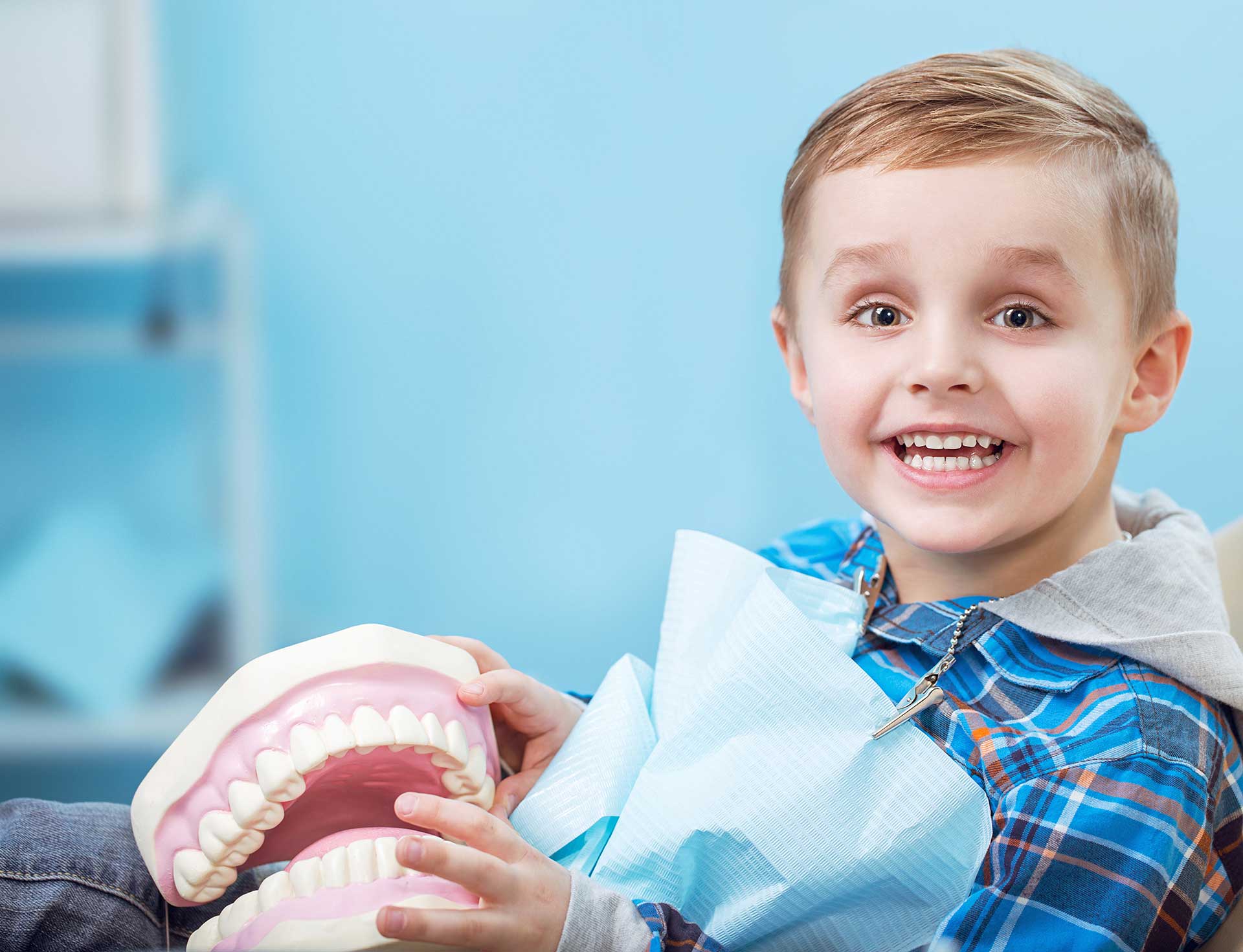
Fillings
Here at Cherry Creek Pediatric Dentistry, we are proud to offer fillings to our patients.
Dental fillings are used to treat different dental problems like cavities and broken teeth. Teeth are usually filled with a material called composite resin, which is designed to look like natural teeth. Fillings can also be done with gold, porcelain, or silver amalgam.
Composite resin takes a little longer, though most people still prefer it because it creates natural-looking teeth. It takes more than one layer, and a special light is used to harden the area around the filling.
Before your child gets a filling, your child will receive a local anesthetic to numb the gums around the tooth. We will then clean away the bad and decayed part of the tooth so that it is ready to be filled. Some dentists will apply glass ionomer to protect the tooth and nerve. Once the tooth is filled in, we will smooth over the rough edges and polish it so it looks natural.
The amount of time it takes to fill a tooth varies based on the extent of the damage to it. The cost may also increase the longer the filling takes.
If you have any questions about fillings or think your child may need one, please contact us today at (303) 757-8844.
Request an Appointment
Special Needs Dentistry
Here at Cherry Creek Pediatric Dentistry, we are proud to provide dental services to patients with special needs.
Special needs patients require dental work too. They deserve to find a dentist and staff who are compassionate. They need a dentist who is understanding and able to work with them to ensure that their mouths are healthy. Our dentists have had special training with children who have special issues like cleft lip and palate, childhood cancer, autism, cerebral palsy, Down syndrome, and other genetic and medical disorders.
Our entire staff is dedicated to oral health. All of our staff members are filled with compassion and understanding. They love working with all children. We are able to provide the highest quality dental services only because of our amazing staff.
Our office is wheelchair accessible, and we welcome all children. We believe that every child deserves to have an enjoyable visit, and we will do everything we can to ensure that the visit goes smoothly.
If you have any questions about how we accommodate patients who have special needs, don’t hesitate to contact us today at (303) 757-8844.
Request an Appointment
Tooth Extractions
Here at Cherry Creek Pediatric Dentistry, we are proud to offer tooth extractions to our patients.
Tooth extractions can be necessary for many reasons. Some teeth are too diseased to save. There are times when a tooth is too damaged. We might also remove teeth if your child’s mouth is overcrowded.
We will always do a thorough examination with X-rays to determine the best course of action for your child. We will go through your options so we can make the right decision for your child.
If we decide your child needs an extraction, we will numb the area prior to starting. We will then pull the tooth. There is usually a small amount of bleeding because the mouth will form a blood clot to fix the area.
The aftercare of your child’s mouth is important. We will go over the correct way to care for your child’s mouth after a tooth removal. Your child’s mouth may be sore for a few days as it heals. We do not recommend drinking with a straw or eating foods that may aggravate your child’s mouth. Your child is going to need to continue to take care of the rest of his or her teeth, so extra care will need to be taken around the area of the missing tooth.
We are here for you and your child if there are any problems after surgery. Some children experience extra discomfort and pain, so we can recommend certain pain medications. If you notice swelling in the area, your child needs to come in and be seen.
If you think your child may need an extraction, don’t hesitate to contact us today at (303) 757-8844.

White Zirconia Dental Crowns
A tooth can lose its normal shape and size for a variety of reasons. A crown covers the tooth to help restore its original shape and size. Crowns can also be used to make teeth stronger and look better.
Crowns have a variety of uses. In some cases that require a large filling, there isn’t enough tooth remaining to keep the filling in place. A crown can strengthen the tooth and hold the filling. Crowns can also protect teeth that are weak, or help fix ones that are broken. Discolored or misshaped teeth can be covered by a crown, as can dental implants.
Your child’s dentist may recommend a crown for any of the reasons, among many others. Crowns play an important role in dental health, and if your child is in need of one, please contact our office today.
Request an Appointment
Hospital Sedation
Here at Cherry Creek Pediatric Dentistry, we are proud to offer sedation to give our patients a stress-free visit.
One of the most commonly used types of sedation is nitrous oxide, which is also known as laughing gas. This helps many children relax during their procedure.
Nitrous oxide is a combination of two different gases–-oxygen and nitrous oxide. We administer the gas through a small mask placed over your child’s nose. The gas will make your child relax without the full effect of anesthesia.
Nitrous oxide is so commonly used that even the American Academy of Pediatric Dentistry recognizes it as an effective way to treat children. It is very mild and safe. Children will wake up quickly after we remove the mask.
If you want to use nitrous oxide on your child, you need to let us know if there have been any changes to his or her health or medical condition. If your child has any trouble breathing, let us know because the gas won’t be as effective. We also need to know if your child is taking any medications to make sure that there are no reactions.
Conscious sedation is also commonly used. We use it on children who are really afraid of the dentist. It is also helpful for young children who won’t sit still and children with special needs.
When we use conscious sedation, your child will be very sleepy. Some children even fall asleep, but they will not lose consciousness.
We use a variety of medications for conscious sedation. After discussing your child with you, we will determine which medication (or mixture of medications) will work best for your child. This will depend on your child and what procedure we are doing.
Before your appointment, it is important to let us know if your child has any changes to his or her health. If your child has become ill with a fever, infection, or cold, we may need to postpone treatment. It is also important to let us know what medications your child is taking. If your child has reactions or allergies to drugs, we need to know about it too.
Before your child comes into the office, we need you to keep your child from eating for at least six hours. He or she can have only clear liquids but they too must be stopped about four hours prior to the procedure. We also recommend dressing your child in comfortable clothes that are loose fitting. You should also take your child to the bathroom when he or she gets to our office.
It is important that parents stay with their children for the whole visit. We recommend watching them closely while the medication starts to work. You may even want to hold your child in your lap. If your child runs around, it will take even longer for the medications to work. Your child will slowly become sleepy, though they may get excited at first.
After your child’s appointment, your child will be sleepy for several hours. He or she will need to be watched closely and kept away from anything that could cause harm. If your child wants to sleep, that is alright, but he or she should sleep on his or her side and with his or her chin up. We recommend that you wake your child up every hour and make sure your child is drinking.
Be careful if your child becomes nauseous. If your child vomits, help him or her bend over. Be sure to turn the head to the side so that your child doesn’t inhale the vomit. Because we also use a local anesthesia, your child might bite or chew on the tongue, lips, and inside of the cheek. Your child might also feel itchy and scratch at himself or herself.
We also offer outpatient general anesthesia for our patients. This is also helpful for children who are scared. It can also be really helpful for young children and those with special needs. Sometimes conscious sedation does not work, but general anesthesia will.
When your child is put under general anesthesia, your child will be asleep, just like if he or she was having major surgery. Using general anesthesia has greater risks, but often the benefits of treatment outweigh the risks.
There are many benefits of using general anesthesia. Your child may be able to get multiple procedures done in one day instead of having to come back several times. You won’t have to worry about restraining your child.
Dental fear can be crippling. Using general anesthesia, we can make the procedure go much more smoothly. It may even be the difference between having the treatment that your child deserves and doing nothing. If your child’s dental condition is left untreated, your child may have to live with pain in the mouth, infection, and swelling. Your child may have trouble developing adult teeth. If an infection continues to grow, it can travel throughout the bloodstream, making your child very sick.
There are many forms of sedation to help your child through his or her appointment. If you have any questions, don’t hesitate to contact us today at (303) 757-8844.
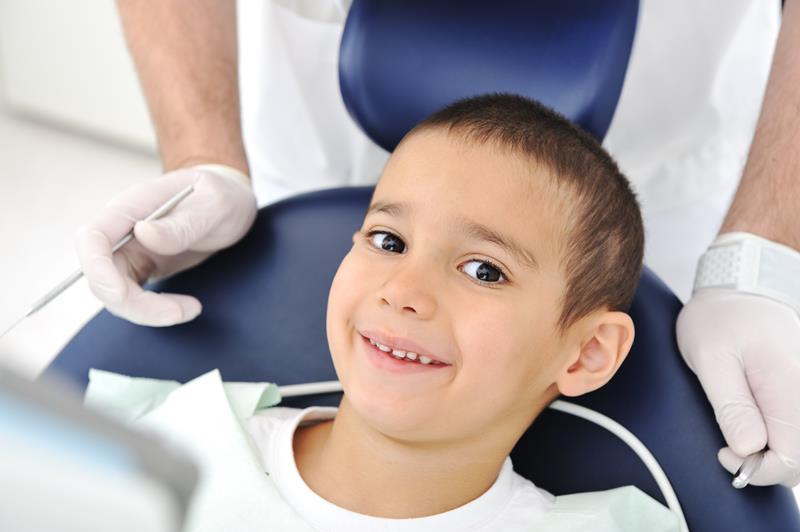
Cavity Preventions
Here at Cherry Creek Pediatric Dentistry, we are dedicated to preventing cavities in children.
Though most adults don’t think about it, it is quite common for children to get cavities. There are two reasons that cavities develop so frequently in children. First, children often do not brush their teeth the way they should. Second, they eat sugary diets and drink sugary beverages.
Cavities can be very painful for children. If left untreated, they can lead to decay and periodontitis. For this reason, parents need to make sure their children are eating well and taking care of their teeth at home. It is also important that children visit the dentist twice a year to help prevent cavities and maintain good oral health.
Cavities are caused by eating sugary food regularly. Sugars and carbohydrates stick to the teeth. Then plaque (a sticky film) forms on the enamel of the teeth. Bacteria that lives in the plaque continues to build up as more sugary food is consumed. The bacteria emit acid which weakens the enamel, making it more vulnerable to tooth decay. If the condition isn’t treated, the acid breaks down the enamel and moves inward.
Even though your children will lose their baby teeth, these teeth are still important and need to be taken care of. Children need to brush at least twice a day and floss at least once a day. They also need to visit their dentist twice a year for a professional cleaning. During those visits, the dentist may seal their teeth. The dentist may also use a fluoride supplement to strengthen their teeth.
Even if you take good care of your children’s mouths, you need to keep an eye out for cavities. Though large ones can be painful, your children may not notice the smaller one. The sooner cavities are caught, the easier they are to treat.
For this reason, you should keep an eye out for symptoms of cavities. Children may complain about a toothache or general pain in their mouths. You may notice sensitivity to cold or hot foods. Some children wake up in the middle of the night crying from the pain.
Sometimes cavities are so small that dentists need to use x-rays to find them. If you think that your child has a cavity, it is important to have him or her seen right away.
There are many ways to prevent cavities. Regular dental visits and good home care are necessary for good health. You should also watch your children’s diet. Cut out sugar, sticky foods, and other snacks and drinks that can cause cavities. Snacking also exposes the teeth to extra sugar during the day. It is important to not give your children drinks at bedtime because the sugar in the drinks will just sit in your children’s mouths all night long.
Sippy cups also have been known to cause cavities because the sugary liquid in them sticks to children’s teeth. Pacifiers can also cause bacteria to grow in children’s mouths. They should be washed thoroughly in a sink not in your own mouth, which transfers bacteria. You should never dip a pacifier in anything even in an effort to calm a child. Honey or any other sugary substance will stick to children’s teeth and allow cavities to form.
The best way to maintain your children’s good dental health is regular brushing and flossing. They also need to visit the dentist regularly to make sure they don’t have any cavities or to get any cavities they do have taken care of right away.
If you have any questions about preventing cavities, don’t hesitate to contact us today at (303) 757-8844.

Teething
Understanding Teething in Infants
Teething is a natural milestone in your baby’s development, marking the appearance of their first set of teeth—often called baby teeth or primary teeth. This usually starts around six months of age, though it can begin as early as three months or as late as one year. Since every child is different, the timing and symptoms can vary significantly.
Signs Your Baby Is Teething
As teeth begin to emerge through the gums, it’s common for babies to experience some mild discomfort or behavioral changes. You might notice your child drooling more than usual, chewing on their hands or toys, or becoming a bit more irritable. Their gums may appear red, swollen, or tender to the touch.
Helping Your Baby Through Teething
There are several simple and effective ways to ease teething discomfort. Gently rubbing your baby’s gums with a clean finger can help soothe soreness. Providing a firm rubber teething toy gives your child something safe to chew on, which can relieve pressure. Chilled (not frozen) teething items or washcloths can also be helpful in numbing the area and reducing inflammation.
When to Consult a Pediatric Dentist
Although teething is a normal process, there are times when it’s a good idea to seek professional guidance. If your baby’s discomfort seems unusually severe, or if symptoms like a high fever, diarrhea, or persistent irritability are present, it may be best to consult a pediatric dentist. These issues could point to something more than typical teething.
We’re Here to Help
At Cherry Creek Pediatric Dentistry, our team is here to support you and your child at every step of their oral health journey. Whether you have concerns about teething or need to schedule your child’s first dental visit, we’re happy to help.
Teething marks the beginning of a lifetime of healthy smiles. With the right support and knowledge, you can help make this stage more manageable for your little one. To speak with Dr. Kojo Danso or book an appointment in Denver, call us at (303) 757-8844.

Panoramic X-Rays
Panoramic X-Rays for Children’s Dental Care
At Cherry Creek Pediatric Dentistry, we utilize advanced technology to deliver precise, comfortable care for every child we see.
What Are Panoramic X-Rays?
A panoramic X-ray is a specialized imaging tool that captures a complete view of your child’s entire mouth in one image. This includes the teeth, both the upper and lower jaws, and surrounding bones and tissues. Unlike smaller, bitewing X-rays, panoramic imaging gives us a wide-angle look at your child’s oral structure in a single scan.
Why Panoramic X-Rays Matter in Pediatric Dentistry
Panoramic X-rays are especially helpful when it comes to evaluating dental development in children. They show more than just current tooth placement—they can also reveal developing adult teeth, jaw growth patterns, and other structures that help us plan for orthodontic needs and monitor dental changes over time.
These images also help us detect concerns that may not be visible during a standard dental exam, such as hidden infections, impacted teeth, or trauma-related issues. Spotting problems early often leads to easier, more conservative treatment options.
What to Expect During the Process
Getting a panoramic X-ray is quick, easy, and completely painless. Your child will either sit or stand in the machine while resting their chin on a small support. The device will gently rotate around their head to capture the full image. The process only takes a few seconds and requires no discomfort.
Focused on Safety and Comfort
Your child’s safety is always our highest priority. Panoramic X-rays use a very low dose of radiation and are considered extremely safe for children. We use modern, well-maintained equipment that meets current safety regulations. Because the image is captured in a single, fast sweep, exposure time is kept to a minimum.
At our Denver office, we strive to create a positive and supportive experience for both children and their families. Our use of panoramic X-rays reflects our dedication to accurate, proactive care—ensuring your child receives the best possible foundation for lifelong dental health.
If you have questions about panoramic X-rays or would like to schedule a visit with Dr. Kojo Danso, call Cherry Creek Pediatric Dentistry at
. We’re here to support your child’s smile every step of the way.
Frenectomy
Frenectomy Services in Denver, CO
At Cherry Creek Pediatric Dentistry, we’re dedicated to supporting the full spectrum of your child’s oral development. One of the specialized procedures we offer is a frenectomy—a treatment that may not be familiar to many parents until it becomes relevant to their child’s care.
What Is a Frenectomy?
A frenectomy is a straightforward surgical procedure that removes a small band of tissue in the mouth called a frenum. These tissues are typically located beneath the tongue or between the upper lip and gums. When a frenum is too tight or improperly positioned, it can limit movement and affect everyday functions like speaking, eating, and even how teeth grow and align.
When Is a Frenectomy Recommended?
This procedure may be recommended if your child has a restricted frenum that’s impacting their oral function or development. For instance, tongue-tie occurs when the tissue beneath the tongue is too short or thick, limiting its range of motion. This can make it hard for your child to nurse, eat, or speak clearly. Similarly, a tight upper lip frenum can contribute to gaps between the front teeth and may even cause gum recession over time.
How the Procedure Works
Frenectomies are quick and gentle, often completed in just a few minutes. Dr. Kojo Danso uses modern techniques—such as laser treatment—to minimize discomfort, reduce bleeding, and speed up the healing process. In most cases, stitches aren’t needed, and both you and your child will be fully informed and comfortable before we begin.
Healing and Aftercare
Most children recover quickly from a frenectomy with minimal discomfort. We’ll provide personalized aftercare instructions to help support healing, which may include simple oral exercises to enhance mobility. Any soreness can typically be managed with mild over-the-counter pain relief if needed.
Here to Support Your Child’s Smile
We understand that any surgical procedure can feel intimidating, especially when it involves your child. That’s why our team is here to guide you through the entire process with clear communication and compassionate care. We’re committed to helping your child enjoy a healthy mouth and a confident smile.
If you’ve noticed challenges with your child’s eating, speech, or oral development—or if you’d like to learn more about frenectomies in Denver—please call Cherry Creek Pediatric Dentistry at (303) 757-8844 to schedule a consultation with Dr. Kojo Danso. We’re proud to provide gentle, expert care in a warm, welcoming environment.

Bonding
Pediatric Dental Bonding in Denver, CO
At Cherry Creek Pediatric Dentistry, we’re here to help children achieve strong, healthy, and confident smiles. One of the gentle, effective solutions we offer is dental bonding, a quick and minimally invasive treatment used to improve the appearance and function of your child’s teeth.
What Is Pediatric Dental Bonding?
Dental bonding involves applying a tooth-colored resin to the surface of a tooth to repair or enhance its shape and appearance. The material is carefully shaped, then hardened using a special curing light that bonds it to the natural tooth. This treatment is both restorative and cosmetic—helping repair damage and enhance the look of your child’s smile.
When Is Bonding Recommended for Children?
This versatile treatment is commonly used in pediatric dentistry for:
- Fixing chipped, cracked, or worn teeth
- Improving the shape or alignment of teeth
- Closing small gaps between teeth
- Covering areas of exposed tooth roots due to gum recession
- Enhancing overall appearance for improved confidence
Why Dental Bonding Is a Great Option for Kids
Bonding is a conservative treatment, which means little to no natural tooth structure needs to be removed. The resin is color-matched to your child’s natural teeth for a seamless look—especially important for school-aged children or teens who may be sensitive about their appearance. It’s a safe, efficient way to restore function while supporting self-esteem.
What Happens During the Procedure?
The bonding process is simple and usually completed in a single visit. After gently roughening the surface of the tooth and applying a conditioning agent, Dr. Kojo Danso will apply the resin and sculpt it into the proper shape. Once it’s in place, a curing light is used to harden the material. Finally, the bonded tooth is polished to blend in with the surrounding teeth for a smooth, natural finish.
Post-Treatment Care and Tips
To keep the bonded area in good condition, your child should:
- Avoid chewing on hard objects like pens or ice
- Stick to good brushing and flossing habits
- Visit the dentist regularly for check-ups and cleanings
Bonding materials are durable but not indestructible, so proper care will help maintain their appearance and longevity.
Schedule a Visit Today
If you’d like to learn more about pediatric dental bonding in Denver or want to see if it’s right for your child, call us at (303) 757-8844 to schedule a visit with Dr. Kojo Danso. We’re here to make every child’s dental experience positive and personalized—from first visit to final smile.

Veneers
Pediatric Dental Veneers in Denver, CO
At Cherry Creek Pediatric Dentistry, we understand how much a confident smile can impact a child’s self-esteem—especially during the teen years. For older children and adolescents looking to improve the look of their teeth, dental veneers offer a safe and effective cosmetic option.
What Are Dental Veneers for Kids?
Dental veneers are ultra-thin, custom-made coverings that are bonded to the front surface of teeth to enhance their appearance. Made from durable materials such as porcelain or composite resin, veneers are designed to look natural while addressing common concerns like chipped teeth, uneven spacing, discoloration, or irregular shape.
Why Veneers May Be Right for Your Child
If your child’s permanent teeth have cosmetic issues that make them feel self-conscious, veneers could be a great solution. This treatment provides noticeable improvements with minimal impact on the natural tooth structure. Veneers are crafted to last, offering strength for everyday use and resisting stains to help maintain a bright, fresh appearance.
Our Careful Approach to Veneers
We take a thoughtful, individualized approach to every case. During your child’s consultation, Dr. Kojo Danso will evaluate their dental health and cosmetic goals to determine if veneers are the best fit. If so, we’ll take precise impressions and measurements to ensure a custom fit and natural appearance.
Before placing the veneers, a small amount of enamel may be removed to help the veneer sit properly. Once crafted, the veneers are carefully bonded to the teeth and polished to blend beautifully with your child’s natural smile.
What to Expect After the Procedure
Veneers require no special care beyond regular brushing, flossing, and dental visits. While they’re strong, it’s a good idea to avoid habits like chewing on ice or biting hard objects, which can potentially damage them.
Schedule a Consultation Today
Interested in learning whether dental veneers are right for your child? Call (303) 757-8844 to book a consultation with Dr. Kojo Danso at Cherry Creek Pediatric Dentistry. We’re here to help your child achieve a smile they’ll feel proud to share—in a warm, supportive, and expert-led environment.
